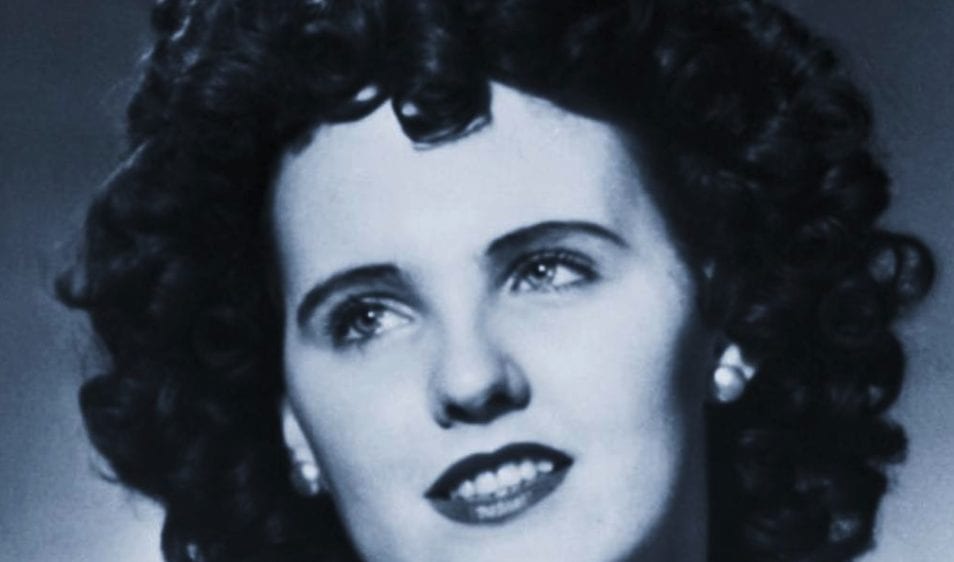The case is straight out of a film noir story from the 1940s – an unsolved murder that shocked Los Angeles with its brutality. Seven decades later, the death of Elizabeth Short, known as ‘The Black Dahlia’, continues to puzzle professional investigators and amate*r sleuths alike. What happened to Elizabeth Short in January 1947? And why does her gruesome murder continue to fascinate us?
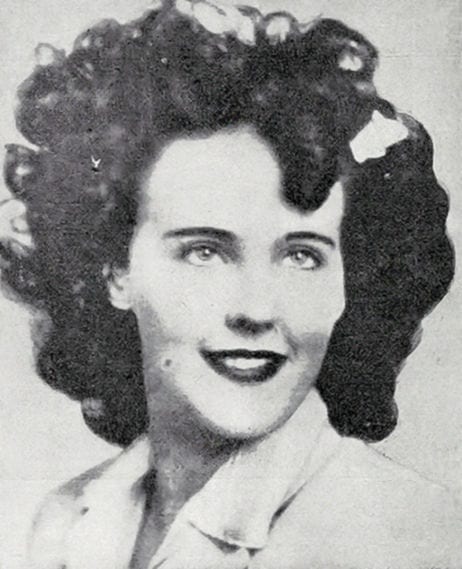
Photo Credit: Wikipedia
On the morning of January 15, 1947, a woman walking with her daughter in a still-developing neighborhood in Los Angeles noticed something odd. She thought she saw a mannequin cut in two laying in a vacant lot among the scattered houses that had been built in the Leimert Park neighborhood. As the woman got closer to inspect what she thought was a mannequin, she was horrified to find that it was the body of a young woman. The corpse had been cut in two at the waist and drained of all its blood. The body had also been thoroughly washed before it was dumped in the quiet neighborhood.

Photo Credit: Instagram, @misterbnation
Police arrived and took control of the gruesome scene. Along with her brutal bisection, the young woman’s mouth had been cut from ear to ear, a disturbing post-mortem smile permanently etched into her face.
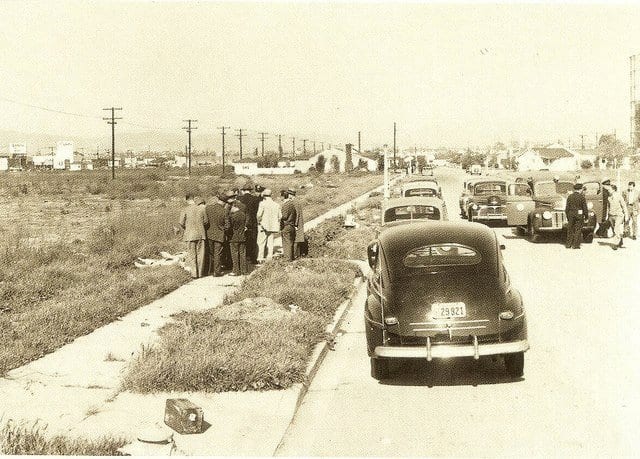
Photo Credit: Facebook, Mike Mccarthy
Police identified the dead woman from her fingerprints as 22-year-old Elizabeth Short. Investigators immediately began piecing together the details of Short’s life in order to try to determine who was behind such a brutal, violent murder – and why.
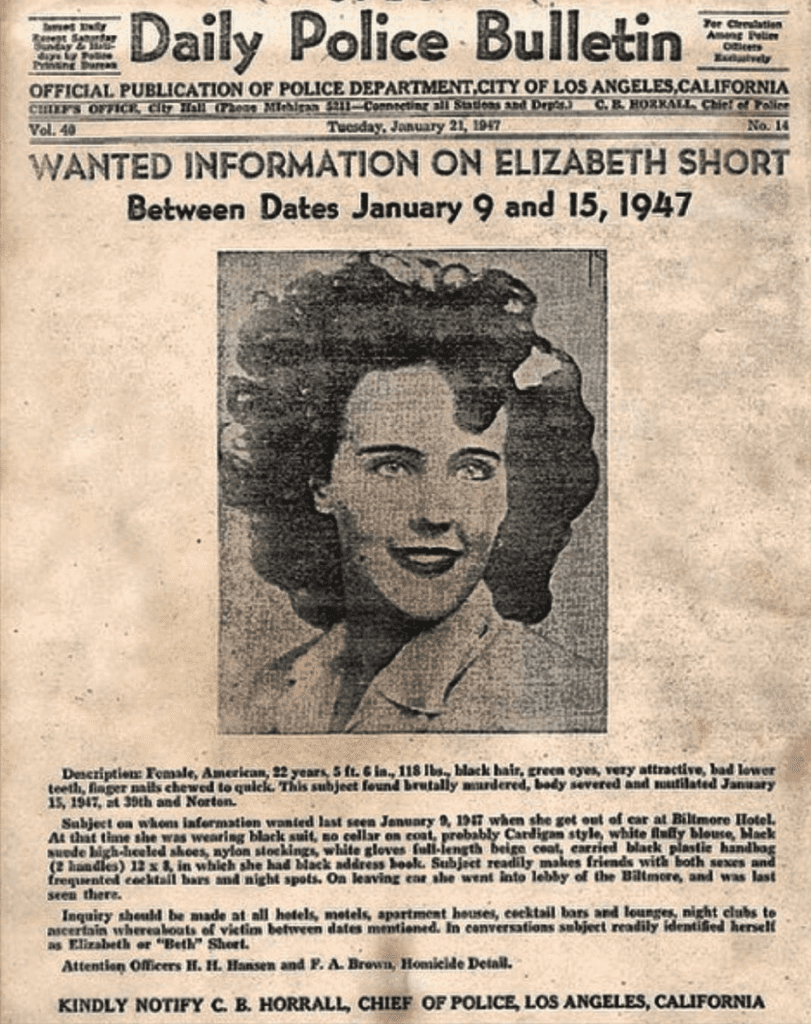
Photo Credit: Instagram, @whatsyourghoststory
Elizabeth Short was born in Boston in 1924 and ended up in Los Angeles the same way countless other young women do: she dreamed of being a Hollywood star. When she turned 18 in 1942, Short moved west to northern California to live with her father, a man she had not seen since she was 6 years old. This arrangement lasted less than a year because of arguments between the two, and Short relocated to Santa Barbara. Some months later, Short was arrested for underage drinking, so she decided to move to Florida. While in Florida, Short met and fell in love with a U.S. Army Air Force officer named Matthew Gordon who was training to fight in World War II.
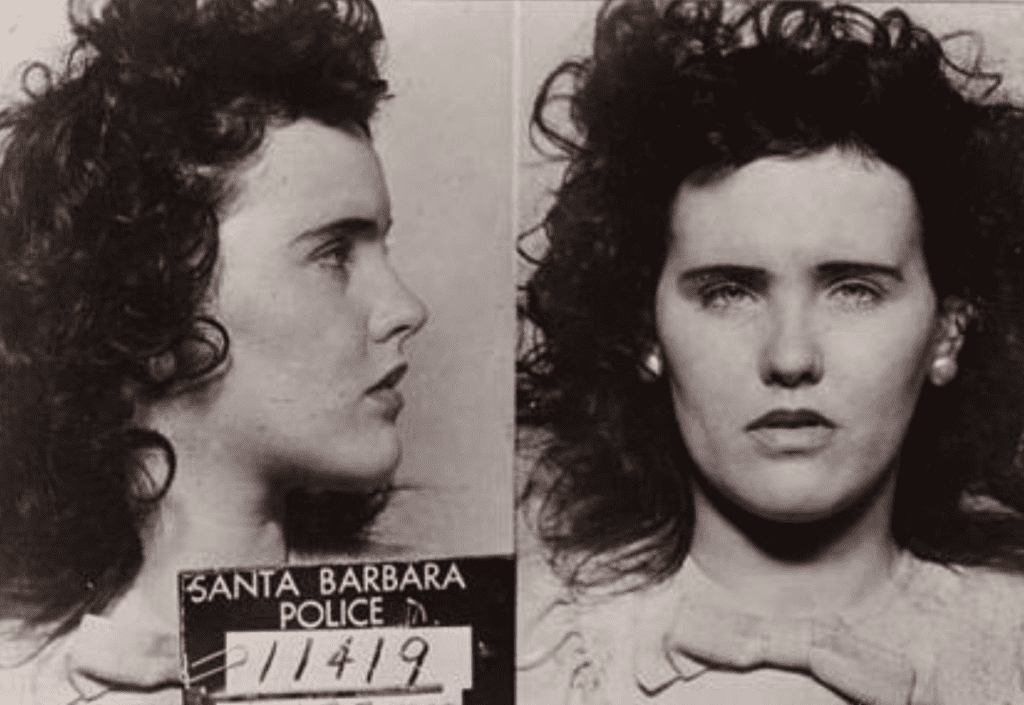
Photo Credit: Instagram, @eric_von_zipper
Short told her friends that Gordon proposed to her in a letter from overseas, but Gordon tragically died in a plane crash in August 1945, less than a week before Japan’s surrender ended World War II. Short decided to return to California in July 1946, this time settling in Southern California. In 1946, Los Angeles was booming as men returned from the war in huge numbers. Short worked as a waitress and enjoyed the Hollywood nightlife. Her good looks meant a long line of suitors and regular nights on the town. Though Short had dreams of becoming a Hollywood starlet, she never had any acting credits to her name.
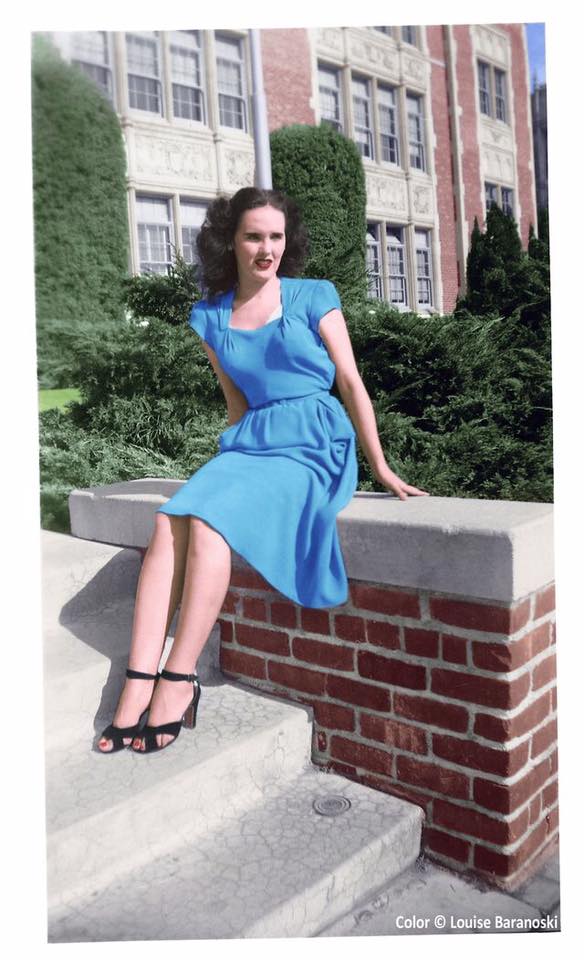
Photo Credit: Facebook, Vintage History and Memes
Short spent the last six months of her life in California, working and spending time with different men. She was given the nickname ‘The Black Dahlia’ as a joke by customers at a drugstore she frequented because of her striking black hair. The Blue Dahlia was a popular film playing in cinemas that summer – thus the nickname.
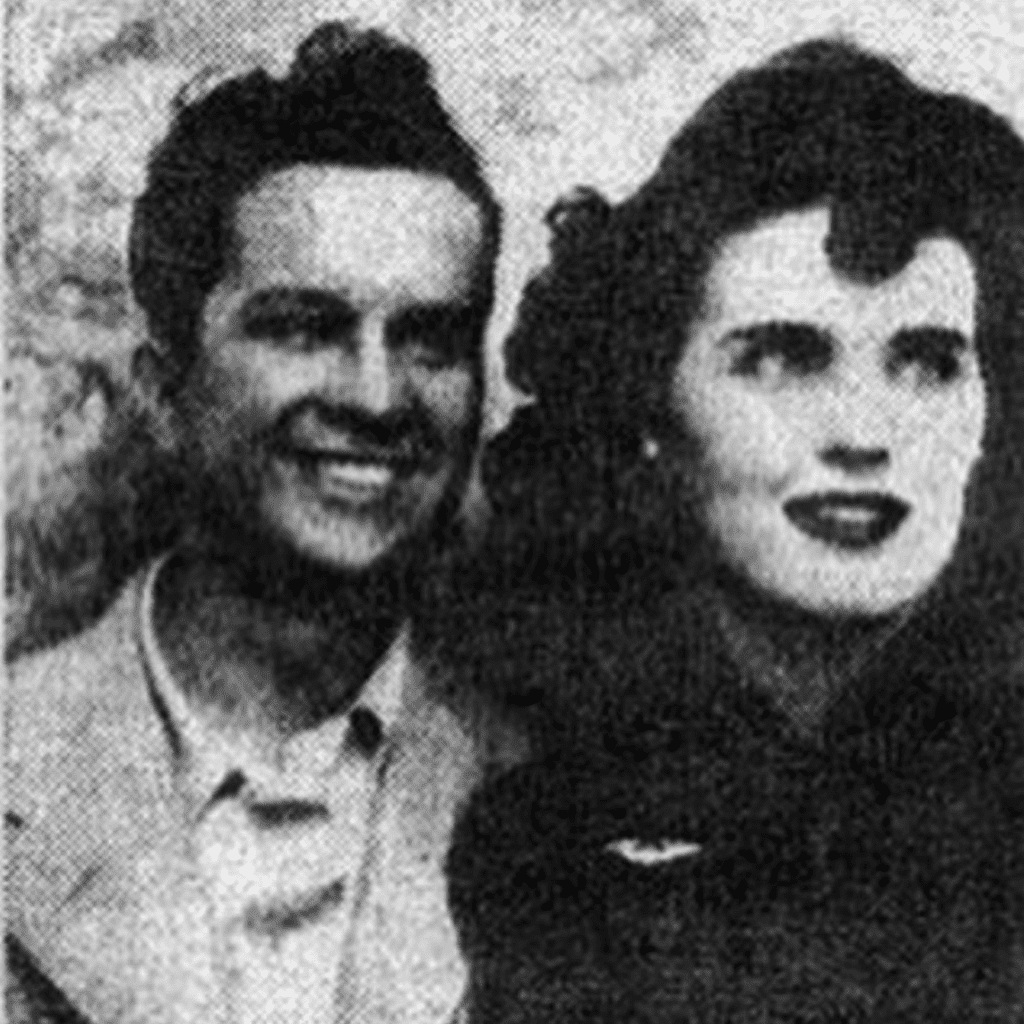
Photo Credit: Instagram, @lucksdeville13
The last time Short was seen alive was on January 9, 1947, getting out of a car at the Biltmore Hotel in downtown LA. Six days later, her mutilated body was discovered. Investigators believed that Short was killed elsewhere and her body was dumped in the vacant lot. Police interviewed many suspects, but never found any solid leads. The murder was sensationalized in the press, and soon everyone knew the name and face of Elizabeth Short, ‘The Black Dahlia.’
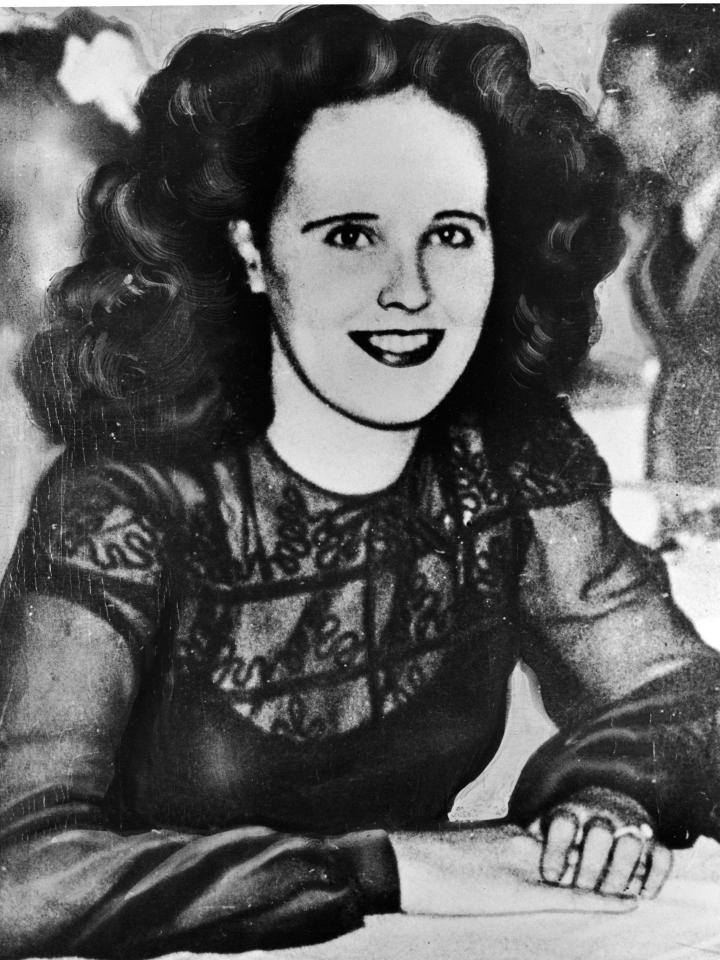
Photo Credit: Facebook, Florina Drescher Sekula
A promising suspect emerged when an Army corporal told police he’d been drinking with Short in San Francisco a few days before her murder, had blacked out, and the next thing he remembered was being in a cab outside Penn Station in New York. But the suspect got an alibi when it was discovered he’d been on base during the days in question. Because Short’s body was cut so cleanly, investigators believed the killer must have been someone with medical training. Detectives even looked into students at the University of Southern California Medical School.
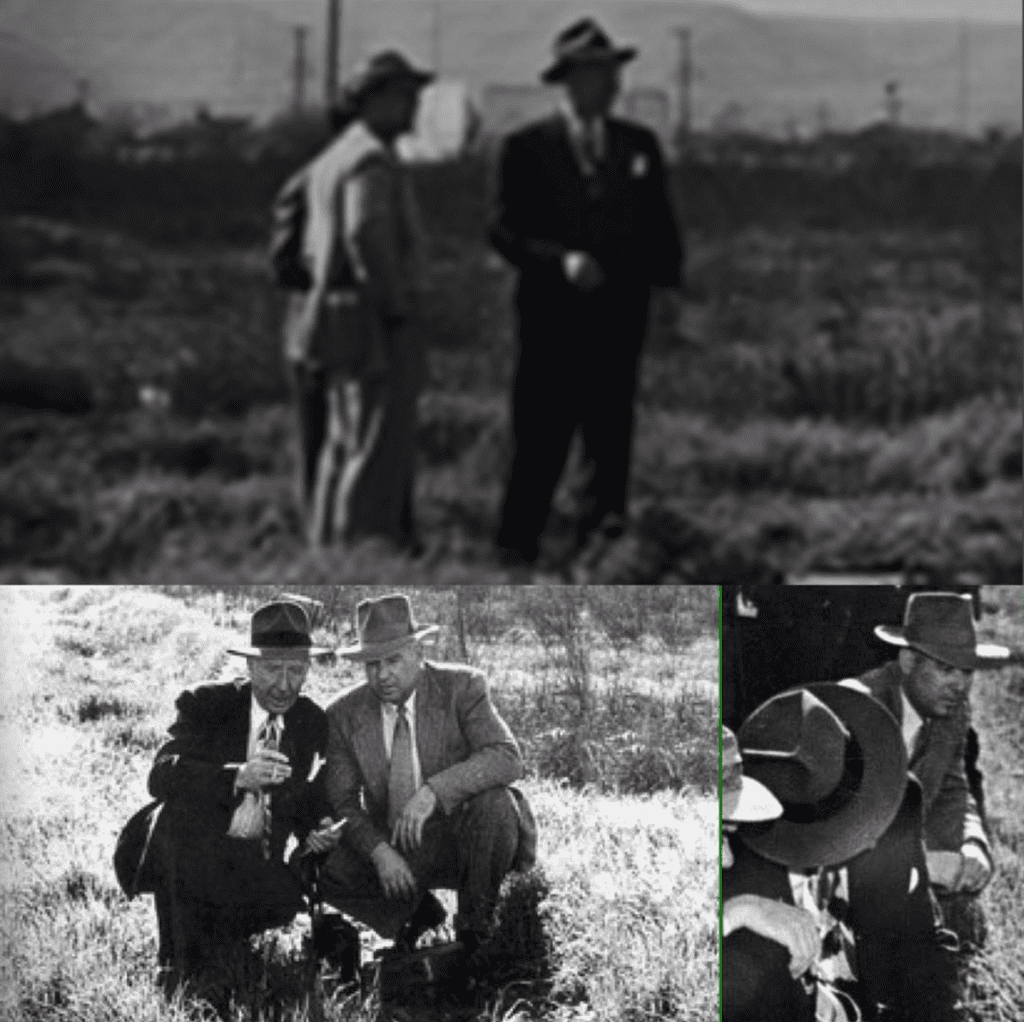
Detectives at the Black Dahlia crime scene
Photo Credit: Instagram, @theshadowofanotherera
Nine days after Short’s body was found, a large manila envelope was discovered by a postal worker, addressed to “The Los Angeles Examiner and other Los Angeles papers.” Inside the envelope were Short’s birth certificate and other items. The package was cleaned with gasoline to erase all fingerprints. Short’s handbag and one of her shoes were found in an alley two miles from the body dump site, also cleaned with gasoline. Another envelope, this one containing a letter, was discovered on January 26. It told police that the killer would turn himself in on a certain day and time. The man never showed, instead sending yet another letter, which read, “Have changed my mind. You would not give me a square deal. Dahlia killing was justified.”
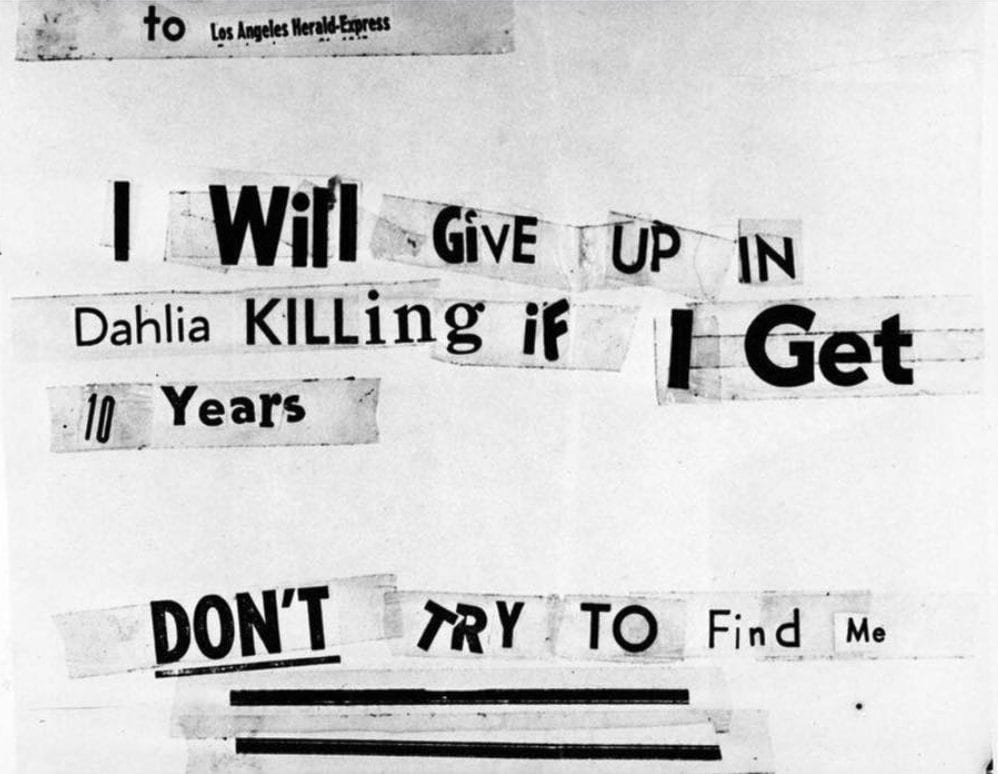
Photo Credit: Instagram, @misconductpod
Only a few short months after the murder, the case had run cold. All suspects had been cleared, and detectives were failing to unearth any new evidence that pointed in a promising direction. As is the case with any high-profile murder investigation, many people falsely confessed to Elizabeth Short’s murder, but all of them were dismissed by police.
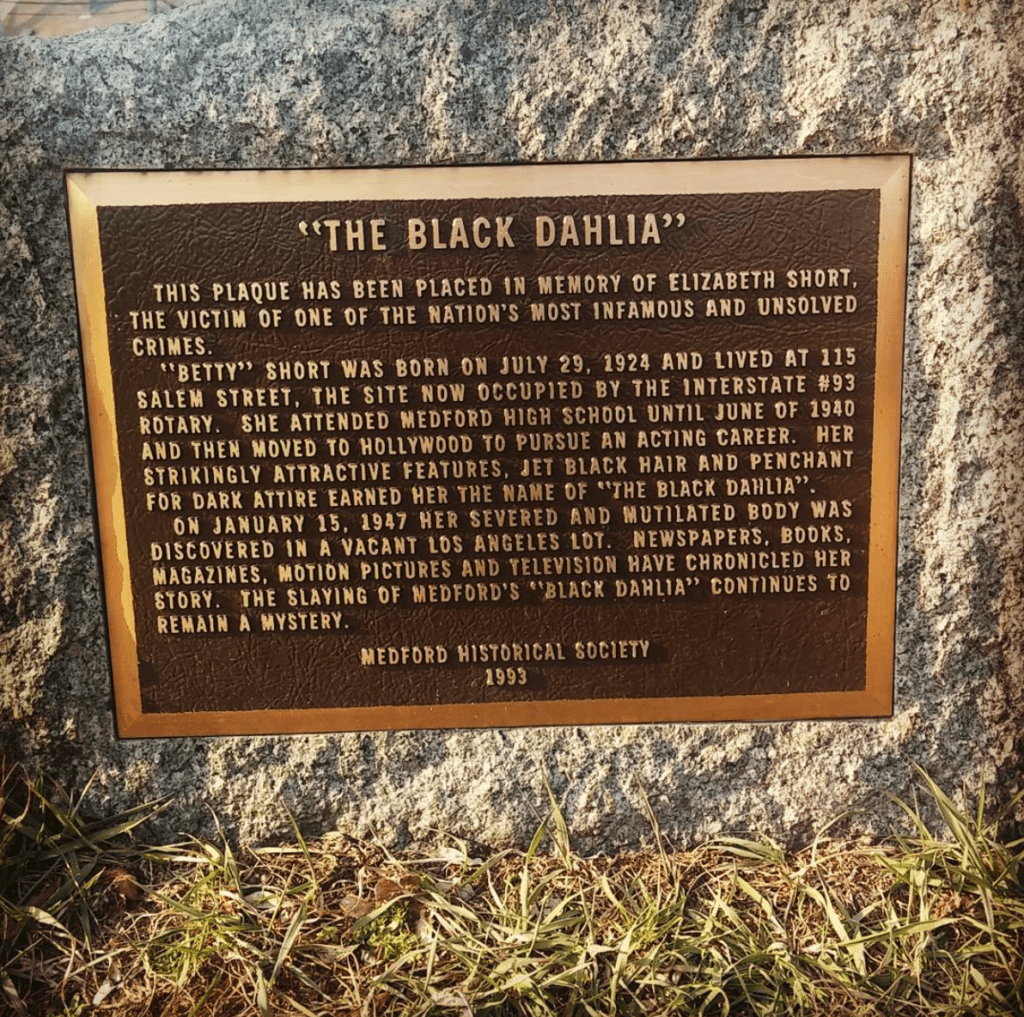
Photo Credit: Instagram, @dirtyblondebirdie
Other people have come forward throughout the years, claiming they know the identity of Elizabeth Short’s killer. In 1991, a woman claimed her father was the murderer. Another theory that has gained traction was presented by former LAPD Homicide Detective Steve Hodel, who believes his father, Dr. George Hodel, was the killer. In his book Black Dahlia Avenger, Hodel lays out the case for his father’s guilt.
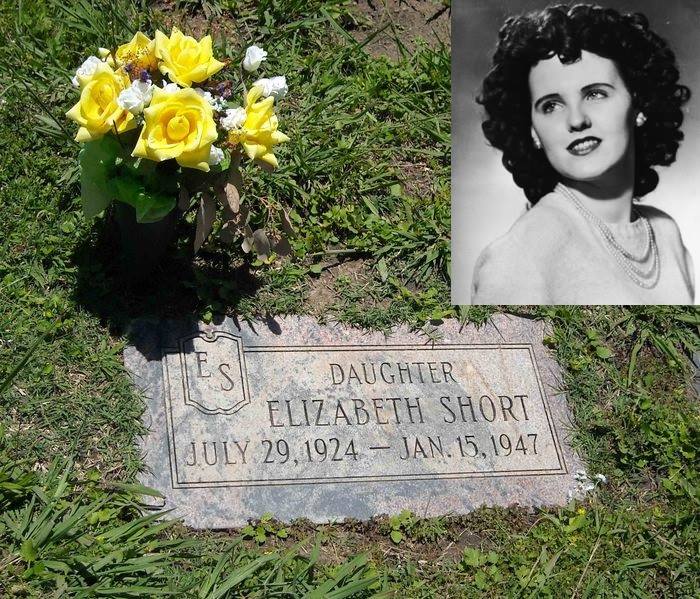
Photo Credit: Facebook, Hollywood Page Of Death
70 years have passed since Elizabeth Short’s terrible murder. While some interesting suspects and theories have emerged, there has never been any concrete evidence that ties anyone to the most notorious unsolved crime in the history of Los Angeles.
And there likely never will be.
Want more? Check out the articles below?
https://didyouknowfacts.com/unsolved-cleveland-torso-murders-haunted-1930s-ohio/
https://didyouknowfacts.com/unsolved-case-original-night-stalker/

